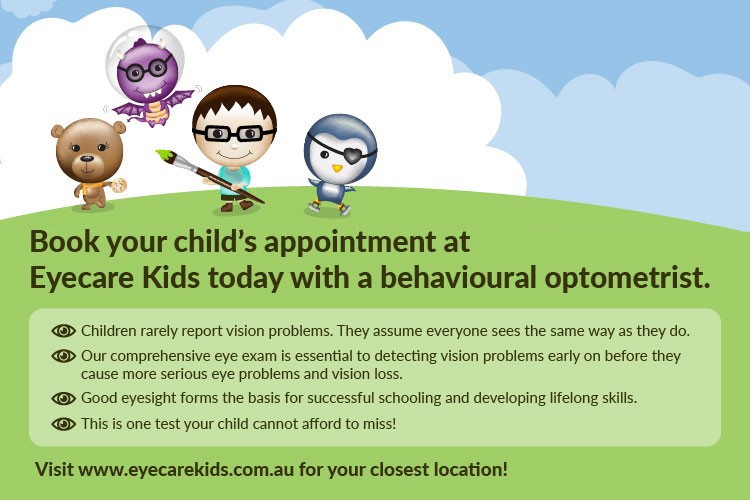Ground-breaking new research confirms role of outdoor light in reducing short-sightedness in children. Increasing exposure to outdoor light is the key to reducing the myopia (short-sightedness) epidemic in children, based on the ground-breaking new research by Australian optometrists.
Optometrist and lead researcher on the project, Associate Professor Scott Read, who is the director of research at QUT’s School of Optometry and Vision Science.
Research demonstrates that children need to spend more than an hour and preferably at least two hours a day outside to help prevent myopia from developing and progressing.
“It was not ‘near work’ on computer and other screens causing myopia, but a lack of adequate outdoor light. While screens are contributing to children spending more time indoors than in previous years, the research shows they are not the direct cause of the increased incidence of
myopia”
“As Optometrists, we now make an effort to let our patients know that less than 60 minutes’ exposure to light outdoors per day is a risk factor for myopia. It looks like even for those with myopia already, increasing time outside is likely to reduce progression.”
President of Optometry Australia, Kate Gifford said “this new finding is of significant importance in our endeavour to mitigate the growing rate of myopia in children.”
In February 2016, it was announced that half the world’s population will be short-sighted by 2050 with many at risk of blindness. The global study, published by the Brien Holden Vision Institute, forecasts that 10 per cent of the world’s population will be at risk of blindness by 2050 if steps aren’t taken to stop myopia turning into high myopia (requiring glasses with a prescription of minus 5 or stronger).
The QUT study measured children’s eye growth via study participants wearing wristwatch light sensors to record light exposure and physical activity for a fortnight during warmer then colder months to give an overall measurement of their typical light exposure. “Children exposed to the least outdoor light had faster eye growth and hence faster myopia progression,” Professor Read said.
“The work of Scott Read and his colleagues is an exciting development and the onus is now on optometrists to help spread the message of the one-hour-a-day prescription of outdoor light,” Mrs Gifford said.

